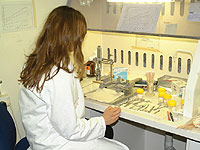| Language, Text and Context - LING2400 |
|
|||||||||||||||||||||||||||||||||||||||||||||||||

Description How does language make meaning? How can we critique and evaluate meanings made in texts? What is the role of ideology and social context in the construction of meaning? We will develop a set of analytical tools which focus on the lexis, grammar, and discourse patterns of a variety of texts from different genres and registers, including literary, academic, media, and everday texts. Explores how language in use constructs social interpretations of our world(s) and positions readers in various ways.
Learning Outcomes At the end of this course, students should be able to:
Assessment
|
||||||||||||||||||||||||||||||||||||||||||||||||||

| Contacts | Library | myUNSW | WebCT |